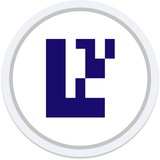
Subscribe to a channel


 -
-
Telegram-канал eigenlayer - EigenLayer
 -
-
Forum - https://forum.eigenlayer.xyz/ Discord - https://discord.gg/eigenlayer Twitter - https://twitter.com/eigenlayer Whitepaper - https://docs.eigenlayer.xyz/overview/whitepaper